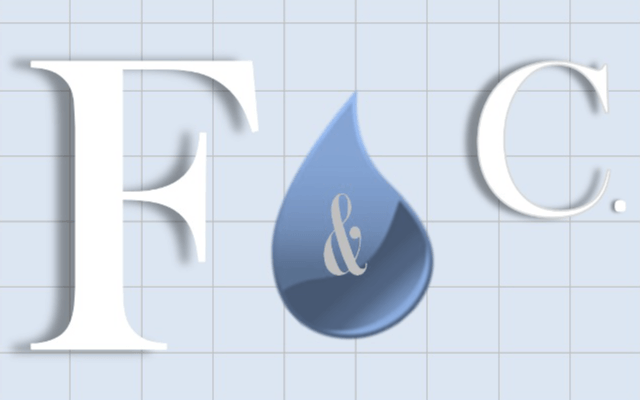Fluids & Co and PSRE are pleased to announce that PASS/EQUIP 3.3 is released. PASS/Equip 3.3 is available starting from 30 April 2021.
New version of PASS/Equip includes a number of additional analysis features, options and corrections. The most important changes are listed below.
A few words about PASS/Equip
PASS/EQUIP provides pressure vessel strength and stability analysis for horizontal and vertical vessels, columns, storage tanks, as well as shell, tube, and air cooled heat exchangers under static and seismic loads in order to evaluate bearing strength in operation, test, and assembly states. Applications include designing, revamping and testing of vessels, as well as making compliance calculations for power, oil-refining, chemical, petrochemical, natural gas, petroleum, and other related industries.
PASS/EQUIP also provides finite element analysis of arbitrary vessel nozzles for the purpose of estimating their stress, stiffness and allowable loads. The results can be automatically transferred to PASS/START-PROF to be used for piping stress analysis.
PASS/EQUIP combines sophisticated calculation capabilities and code compliance with ease-of-use to deliver simulation of pressure vessels for strength and stability by “regular” engineers and designers. Detailed calculation reports, produced by the program, contain comprehensive information (including all equations, intermediate results, and plot of forces and moments) and are ready to be delivered to any authorities or equipment certification body.
New employees can begin performing pressure vessel analysis in days rather than months!
Equipment designers and process and piping engineers of more than 500 EPC and vessel manufacturing companies in Belarus, China, Czech Republic, Germany, India, Italy, Japan, Kazakhstan, Russia, South Korea, Ukraine and United States of America now use the software every day for design of different types of vessels, columns, tanks, heat exchangers, and nozzles.
Due to the large number of users and feedback from specialists in different branches of industry PASS/EQUIP continues to steadily evolve to meet modern demands. PASS/EQUIP is constantly verified and cross-test with similar programs.
Perform calculations in PASS/ EQUIP provides several benefits including: increased reliability and operational safety of equipment for various applications, improved the coordination of the project with regulatory authorities, and reduced costs and time.
A Modern Interface
PASS/EQUIP has a modern intuitive user interface, documentation and help system and our specialists provide application and technical support.
PASS/EQUIP provides the ultimate in usability by “regular” engineers allowing them to focus on equipment design. The user defines the equipment type, geometrical adjectives, material of the vessel components, type and allocation of supports, test type, and loading rates. Selection of vessel elements and materials is made from the vast databases, which can be updated by the user.
3D graphic display of equipment geometry is provided with the possibility of editing the color of separate elements or the whole model, with views to make it possible to see internal elements. Powerful 3D modeling opportunities also support export to various CAD formats, so the user could continue work on vessel design in his favorite CAD environment.
PASS/EQUIP does not require special training and can be used by any mechanical engineer.
What is new in version 3.3?
The latest software version contains new analysis capabilities, corrections, and features, including the following:
- Consideration of higher harmonics when calculating pulsating wind loads.
- Thermal expansion consideration of vessel elements when determining the loads, including supports.
- Summary table of flanged connections is added.
- Calculation of pins tightening according to PNAE G-7-002-86 in high-pressure caps.
- Improved calculation of MDMT: calculated thickness at a decrease in MDMT can be determined based on the calculated pressure (p) or the maximum allowable pressure (MAWP).
- MDMT calculation by modes (load cases).
- Decoding of calculated parameters γγ, β1β1, β2β2 option when checking applicability of the WRC-537 methodology.
- Floating Tubesheet Exchanger with an Internally Sealed Floating Tubesheet according to ASME VIII-1 UHX (Figure UHX-14.1, ©).
- Calculation of the natural vibration period for horizontal and vertical vessels (when calculating loads according to EN 1998).
To get the new version of PASS/Equip, please contact us.
